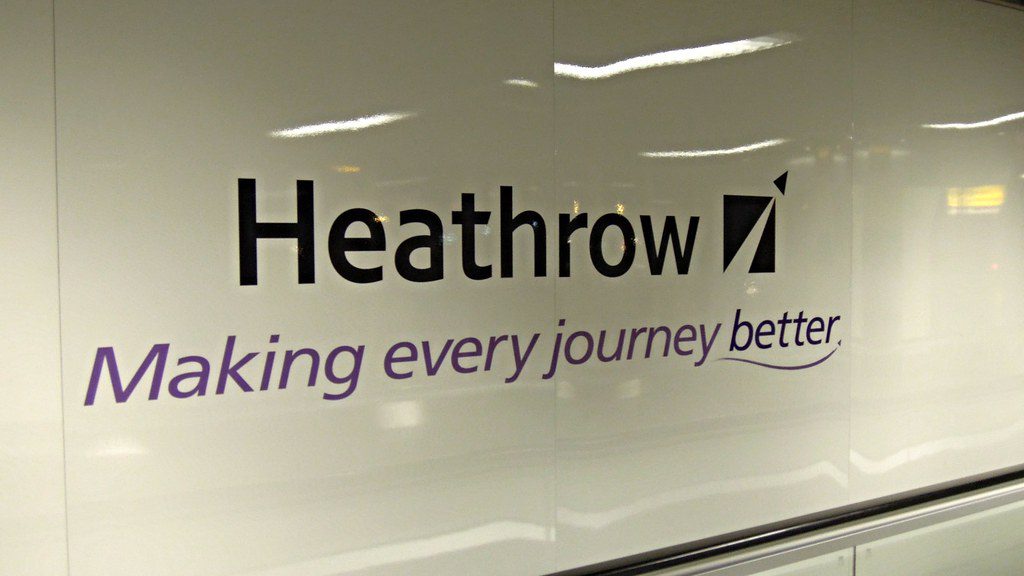 The approaching summer of 2023 promises a frenetic air travel season, as industry data suggests robust demand bolstered by an increasingly revitalized aviation sector. With global airline capacity making a steady recovery, this season appears to be defined by revitalizing profits and stable cash flow, setting the aviation industry on a course for unparalleled growth since the debilitating onslaught of COVID-19.
The approaching summer of 2023 promises a frenetic air travel season, as industry data suggests robust demand bolstered by an increasingly revitalized aviation sector. With global airline capacity making a steady recovery, this season appears to be defined by revitalizing profits and stable cash flow, setting the aviation industry on a course for unparalleled growth since the debilitating onslaught of COVID-19.
Following a rocky summer of 2022 that suffered multiple disruptions and poor service, the global aviation industry has relentlessly strengthened its operational prowess. Improved staffing levels, capacity enhancements across the board, and the advent of cutting-edge efficiency-boosting technologies at airports worldwide encapsulate the core advancements in the sector.
The transformation may herald an era of smoother operations, offering clarity on the path towards the aviation sector’s sustained resilience. Moreover, the sector’s struggles and surging demand could provide an opportune platform for airlines and their partner airport service providers to differentiate themselves as superior service providers, fostering customer loyalty and potentially augmenting pricing power and loyalty.
The operational revival of airports varies across regions, with new technology looking to bridge the gap. Since most COVID-19 restrictions were lifted, the airport industry has been on a fiscal revival journey, fueled by robust pent-up demand and an aggregated shift from goods to service-based demand such as air travel.
But this path has not been without hiccups. Last year’s summer saw major international airports grappling with long security lines and mishandled baggage, with an inability to handle adverse weather conditions, staff shortages, and persistent government-imposed pandemic screening protocols being some of the significant factors.
The summer of 2022 was particularly tumultuous for large European airports such as London’s Heathrow and Amsterdam’s Schiphol, which had to enforce capacity limitations due to the sheer influx of travellers. North American airports were also under significant strain, with Canadian airports falling short of their U.S. counterparts regarding on-time performance. The U.S. airports benefited from the earlier adoption of liberal air travel rules for their sizeable domestic market, allowing a more gradual restoration of operations. Interestingly, major Asia-Pacific airports had a comparatively smoother run last summer, with China’s stringent border controls and restrictions until December 2022 dampening demand.
Following these initial setbacks, the airports responded proactively. Workforces were restored, necessary facilities were restarted, and innovative technologies, such as biometric recognition and artificial intelligence, were implemented. Theoretically, these steps should equip the airports to manage traveller and luggage flow better and respond adeptly to flight schedule changes. The upcoming peak season would be a litmus test for these innovative systems.
Meanwhile, airlines have shown considerable improvements in their capacity. According to IATA, forward bookings for May to September 2023 are tracking a significant 35% above 2022 levels, hinting at an exhilarating summer ahead. These bookings indicate the highest growth in the Asia-Pacific, Middle East, and Europe.
Airlines have proactively tackled staffing issues, with significant hiring recorded over the last year. For instance, United Airlines plans to hire 15,000 new employees in 2023, while Lufthansa anticipates adding 20,000 new staff members. Negotiations with various unions have been another crucial focal point for airlines, with Delta Airlines, Lufthansa, and Ryanair making successful progress since the summer of last year.
In conclusion, as we head into the summer of 2023, the global aviation industry is poised for an unprecedented surge, fuelled by strong demand, improved capacities, and innovative technological deployments. While last year’s disruptions are still fresh in memory, the stage is set for a potentially transformative air travel season, offering challenges and opportunities for the aviation sector.
Written by: Anne Keam




















